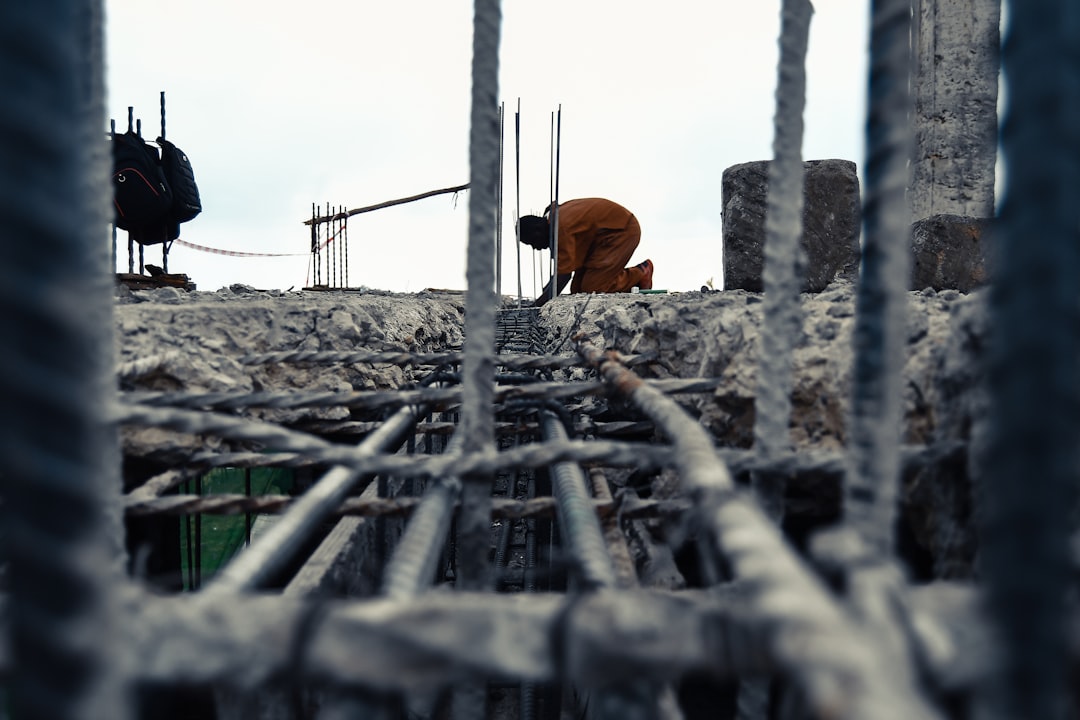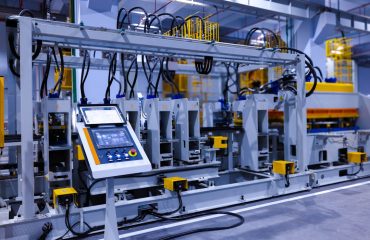body { font-family: sans-serif; line-height: 1.6; }
h1, h2, h3 { color: #333; }
h1 { font-size: 2.5em; }
h2 { font-size: 2em; }
h3 { font-size: 1.5em; }
code { background-color: #f0f0f0; padding: 2px 4px; border-radius: 4px; }
Steel is a ubiquitous material in modern civil engineering, forming the backbone of skyscrapers, bridges, and countless other structures. A strong understanding of steel design, fabrication, and construction is therefore crucial for any aspiring or practicing civil engineer. This comprehensive guide explores the essential aspects of steel training for civil engineers, helping you build a robust foundation in this vital field.
Understanding Steel Properties and Behavior
Before delving into design, it’s paramount to understand the fundamental properties of steel. This includes its tensile strength, yield strength, modulus of elasticity, and ductility. Steel’s behavior under various loading conditions, including tension, compression, bending, and shear, needs thorough comprehension. Training should encompass the effects of temperature, corrosion, and fatigue on steel’s performance. Understanding stress-strain diagrams and material testing methods like tensile testing is vital for accurate design calculations. Furthermore, different steel grades and their respective properties should be clearly understood, as the choice of grade significantly impacts the structural performance and cost-effectiveness of a project. Learning to interpret material datasheets and specifications is an essential skill.
Steel Design Principles and Codes
Steel design relies heavily on established codes and standards, such as the American Institute of Steel Construction (AISC) specifications in the US or Eurocodes in Europe. Training should provide a thorough understanding of these codes, including load calculations, design methodologies (like LRFD – Load and Resistance Factor Design), and the application of relevant design equations. This includes mastering the design of various steel members, such as beams, columns, and connections. Understanding the concepts of stability, buckling, and lateral-torsional buckling is critical for ensuring structural integrity. Software proficiency in structural analysis and design packages, such as RISA-3D, ETABS, or SAP2000, is also highly beneficial and often a component of effective training programs.
Steel Fabrication and Construction Techniques
Theoretical knowledge alone is insufficient; practical understanding of steel fabrication and construction is equally important. Training should cover various fabrication processes, including cutting, welding, and bolting. Knowledge of different welding techniques (e.g., SMAW, GMAW, FCAW) and their suitability for specific applications is essential. Understanding weld symbols and interpreting welding specifications is crucial for quality control. Furthermore, the training should encompass the principles of steel erection, including the use of cranes, rigging techniques, and safety procedures on construction sites. Familiarity with different types of steel connections, such as bolted connections, welded connections, and high-strength bolted connections, is necessary for efficient and safe construction practices. This section would also benefit from hands-on experience or site visits.
Advanced Steel Design Concepts: Connections and Stability
Beyond basic design, advanced concepts like connection design are critical. This includes understanding different connection types (moment connections, simple connections, etc.), their behavior under load, and the intricacies of designing for shear, tension, and moment. Stability analysis, including the consideration of buckling and lateral-torsional buckling, is another crucial area. Advanced training might delve into second-order effects and the use of advanced analysis techniques to account for these effects. Understanding the principles of composite construction (combining steel and concrete) is also valuable in many modern designs. This section should also cover the importance of finite element analysis (FEA) in resolving complex structural issues.
Sustainable Steel Practices and Innovations
The construction industry is increasingly focused on sustainability. Steel training should incorporate discussions on sustainable steel practices, including the use of recycled steel, minimizing material waste, and optimizing designs for energy efficiency. Furthermore, the training should cover emerging innovations in steel technology, such as high-strength steels, advanced weathering steels, and innovative connection systems. Understanding the environmental impact of steel production and the potential for carbon capture and storage technologies is also crucial for responsible and sustainable engineering practices. This includes exploring the life cycle assessment of steel structures and the role of engineers in promoting environmentally friendly construction methods.
Effective steel training for civil engineers requires a blended approach, combining theoretical instruction with practical application. Hands-on workshops, site visits, and the use of simulation software are invaluable components of a comprehensive learning experience. By mastering the principles and practices outlined above, civil engineers can significantly enhance their capabilities and contribute to the creation of safe, efficient, and sustainable steel structures.
Tags:
#SteelDesign #CivilEngineering #SteelConstruction #StructuralEngineering #AISC




